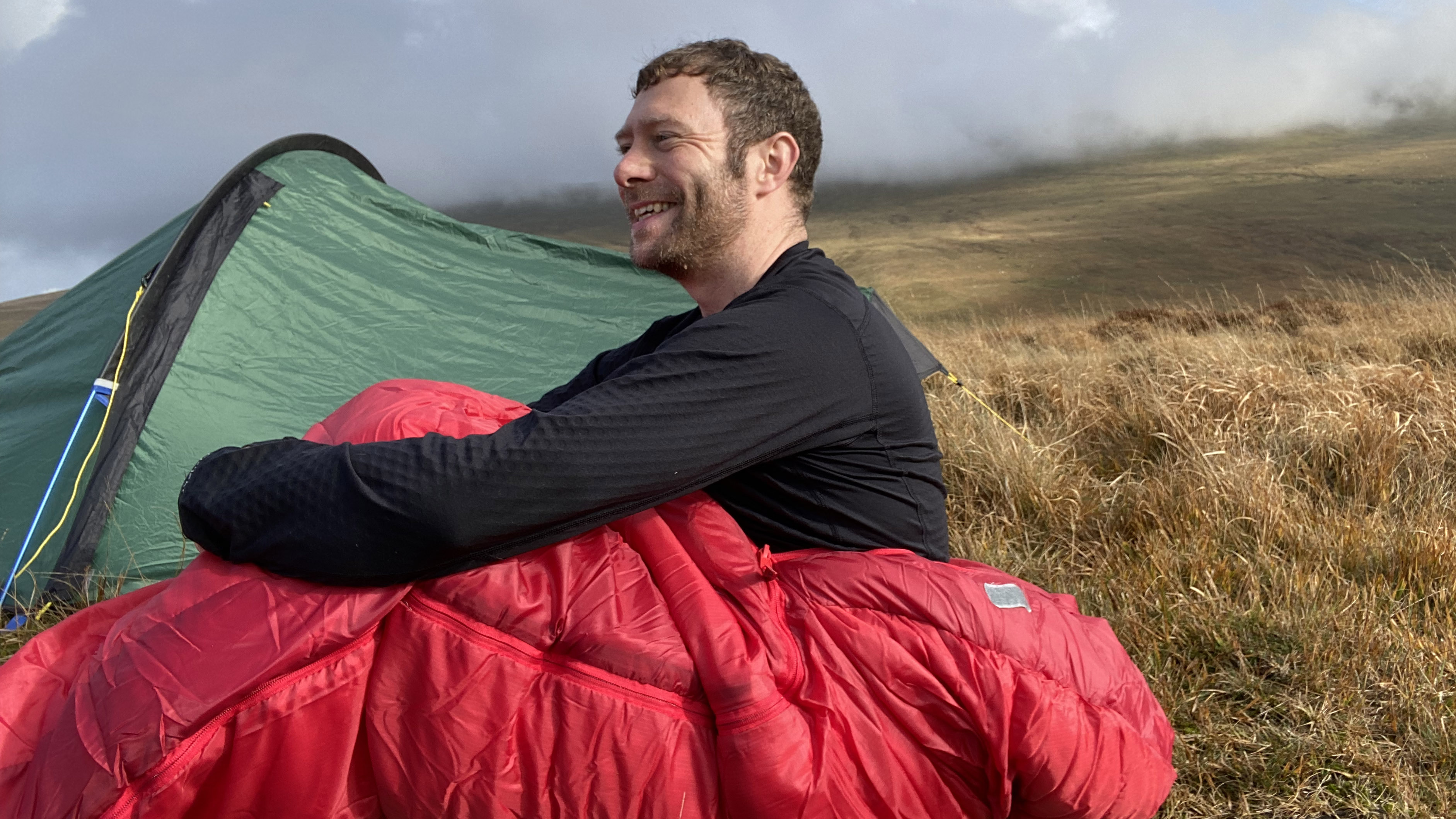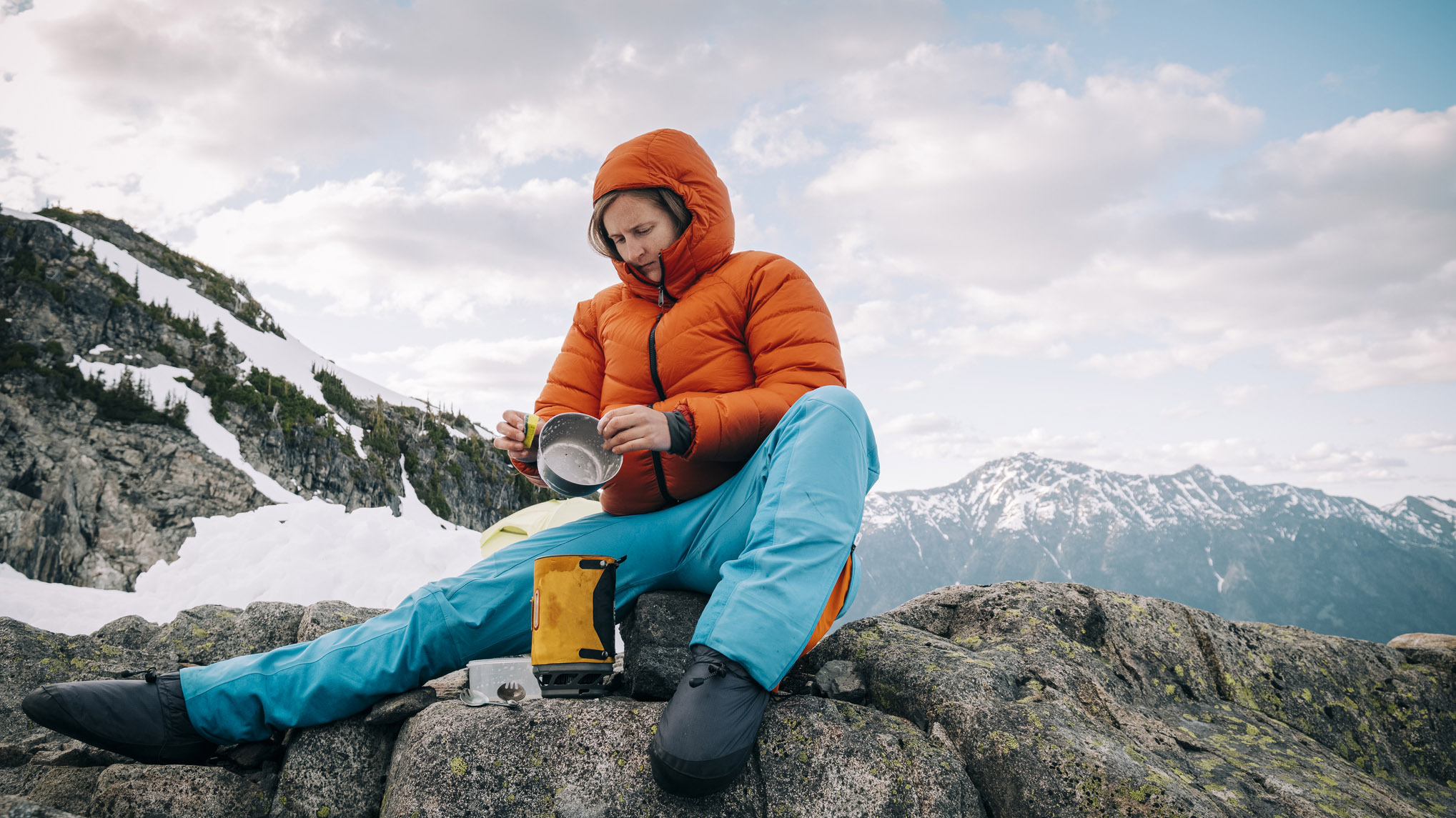The best fuel for camping stoves: from pressurized gas to liquids
We consider what the best fuel for camping stoves is, so that you can choose the ideal option for your backpacking and camping trips

Choosing the best fuel for camping stoves usually depends on your situation. If you're off up Denali, there's a 99.99 per cent chance that you've probably not even considered taking a wood-burning stove. You're just not sure if it'll be practical – you'd be right, of course. However, such a stove would probably come into its own as a nicely sustainable option next time you camp in the forest.
However, with the camping season back in full swing, many of us are eyeing up wild camping days in the hills and family camping trips with the tribe. It's good to consider what our fuel options are when it comes to cooking up something tasty after the day's activities or for that all-important morning coffee.
Today, many of the best camping stoves for backpackers and car campers use pressurized gas canisters. Affordable and easy to use, they have become the standard option for use with backpacking stoves and the like. However, liquid fuel is a viable alternative, with its own set of advantages and disadvantages.
As well as all of this, there’s also wood. The best wood-burning stoves allow you to replenish your fuel stores naturally, collecting wood from the environment. So, which option is best? Below, I consider each type of fuel in turn before giving my verdict on what types of fuel are best for different kinds of adventures.
Meet the expert

Alex is a qualified Mountain Leader and loves a wild camping expedition. His preferred approach is as fast and light as possible, though he's been known to slow things down for family camping trips too.
Today's best deals
Canister gas
- Readily available gas canisters are the fuel of choice for backpackers
- They usually contain propane and either butane or isobutane
- Certain combinations work well at high-altitudes
- Advantages include their quick boil times and their fuss-free, lightweight qualities

Gas canisters are readily available in outdoor gear shops, as they are the fuel of choice for backpackers, bikepackers, fastpackers and any other type of packer for that matter. Packrafters too? Probably.
The canister contains pressurized gas and often comes with a Lindal valve, a self-sealing attachment that is compatible with most backpacking stoves. The fuel is usually a cocktail of propane and either butane or isobutane. The ratios of these fuels change the performance and suitability of the fuel for different scenarios. For example, high propane content mixed with isobutane performs well in the rarefied, cold air found at high altitudes. The down jacket of the camping fuel world, then.
The advantages of canister gas are that it's fuss free, lightweight, and delivers speedy boil times. As well as this, it’s also relatively straightforward to work out how much fuel to bring backpacking with a gas canister. When coupled with the right stove, canister gas also gives you pretty decent flame and temperature control, too.
All the latest inspiration, tips and guides to help you plan your next Advnture!

- A downside of some canisters is that the performance dips when the pressure is low
- However, choosing a regulated stove solves this issue
A downside of canister gas is decreased performance and fuel efficiency when the pressure inside the canister is low. This can be as a result of the gas being mostly used up or cold temperatures, which also reduce the pressure inside the canister.
However, a solution to this issue is a regulated stove, a unit that has an in-built pressure regulator. The regulator controls how much fuel pressure is fed into the stove, which is designed for optimal operation at a lower pressure than an unregulated stove. This means performance doesn’t suffer until the canister is all but empty.
Liquid fuel
- Liquid fuel is easier to source across the globe
- White gas, kerosene and gasoline are the main fuel types
- White gas is the fuel of choice for high-altitude expeditions
- Liquid fuel is heavier and the stoves are more complicated

One downside of canister gas is that it’s not readily available across the world, so if you’re camping or on an expedition in remote locations, liquid fuel may be easier to come across. White gas, which is actually a liquid, is a common form, while there are also the options of kerosene and unleaded gasoline. Some double-burner stoves use white gas, though most these days use pressurized propane tanks.
With liquid fuel, you can take as much or as little on a trip as you like, as you’re not limited by canister size. White gas is also the fuel of choice for high-altitude expeditions, outperforming even the most innovative canister gas stoves.
However, there’s an argument that liquid fuel stoves are more complicated to use, messier and require more upkeep than their canister gas counterparts. Another consideration is weight, particularly for those planning expeditions in the backcountry. Liquid fuel is heavier than pressurized gas, which isn't ideal when every gram counts.
Other options
- Wood burning stoves work best with dry, well-seasoned wood
- Methylated spirits is another option, though it's less effecient than other fuel types

If you’ve got a wood burning stove, you’ll be keen to source the best wood with which to cook your camping meals. Not all wood is created equally and regardless of the tree it came from, it will need to be seasoned first the burn efficiently. Seasoning is the process of drying wood over a number of months or years until its water content is below 20%.
The best trees for firewood, and by extension the preferred wood for your stove, are hardwood trees such as oak, ash, hazel, beech and birch. Hardwoods burn for much longer than softwoods, as well as producing a greater and more consistent heat. Softwoods also have a tendency to create a lot of soot and creosote; not ideal for your stove.
Another lightweight and easy to use option is alcohol. Methylated spirits can be found in many outlets and are a cheaper alternative to a gas canister. However, it's not as efficient as other fuels, taking longer to bring water to the boil. As well as this, wind has a had of reducing its efficiency, too. This inefficiency means that you have to carry more of the fuel, which negates the fact that compatible stoves tend to be lighter.
Verdict
- For most camping applications, canister gas is a reliable and efficient option
- For remote expedition, you're more likely to be able to source liquid fuel
- White gas is arguably the best option for high-altitude expeditions
For most applications, we can’t really fault the use of canister gas as the best fuel for camping stoves. When used alongside a regulated stove, it will cope well with all but the most extreme conditions, giving you fast boil times and reliable performance. It’s also blessedly lightweight and easy to use. Weight is less of an issue for car campers, who are best advised to choose a stove that suits them best and then simply pick up the compatible fuel.
However, for remote expeditions, you’re more likely to be able to source liquid fuel. Plus, if you’re planning on heading up into rarefied air, white gas is probably the best bet, despite being messier and more complicated to use than a gas canister.
Alex is a freelance adventure writer and mountain leader with an insatiable passion for the mountains. A Cumbrian born and bred, his native English Lake District has a special place in his heart, though he is at least equally happy in North Wales, the Scottish Highlands or the European Alps. Through his hiking, mountaineering, climbing and trail running adventures, Alex aims to inspire others to get outdoors. He's the former President of the London Mountaineering Club, is training to become a winter mountain leader, looking to finally finish bagging all the Wainwright fells of the Lake District and is always keen to head to the 4,000-meter peaks of the Alps. www.alexfoxfield.com

